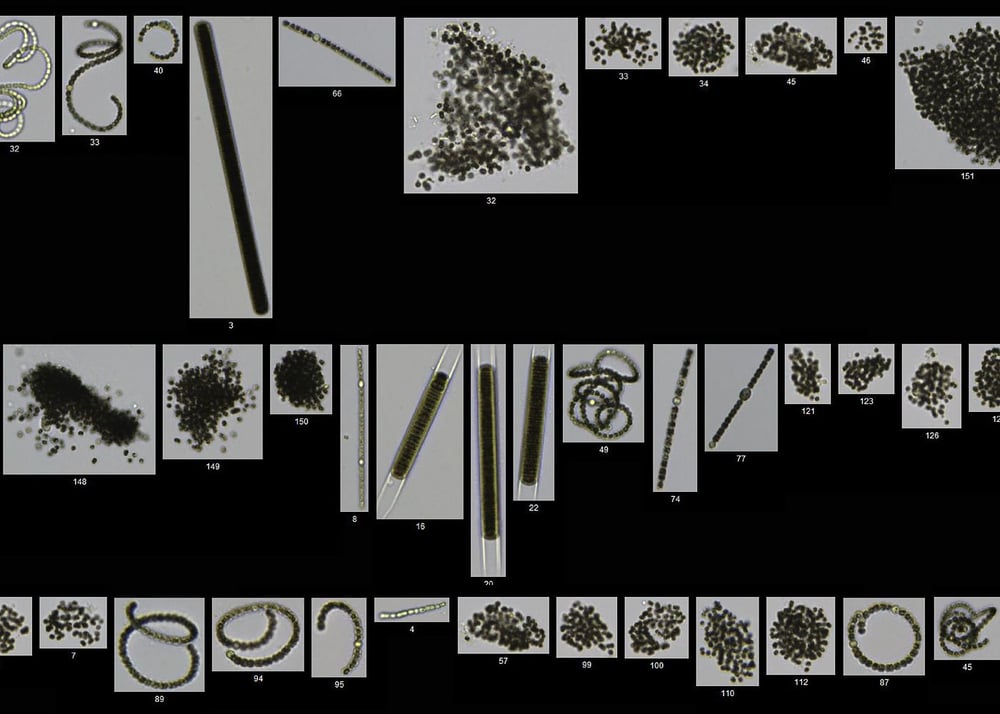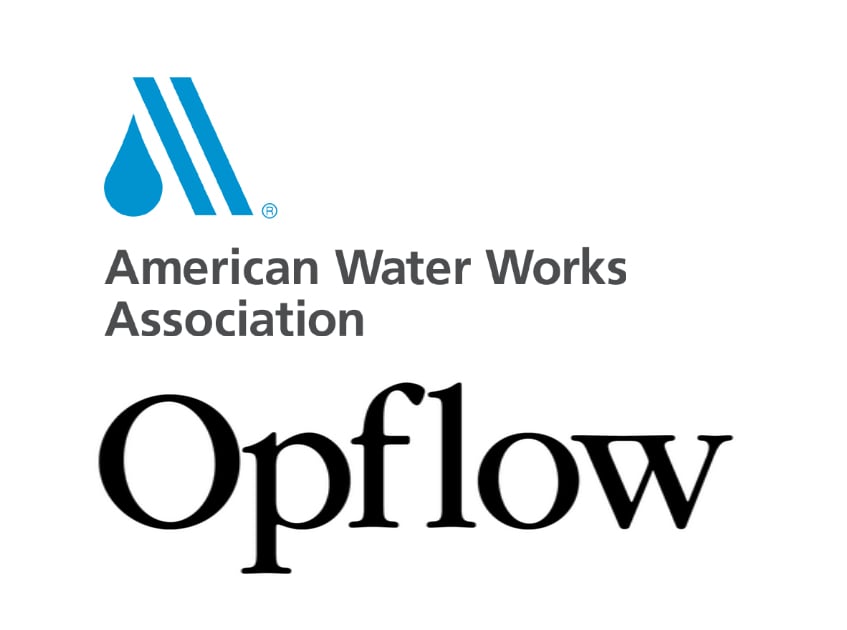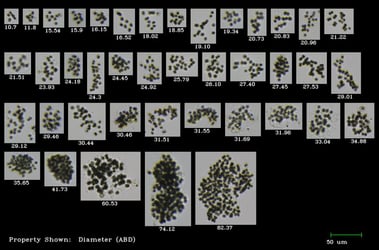A successful HAB monitoring program should answer key questions that allow lake/reservoir managers to determine the next best course of action:
- What are the specific monitoring goals for the lake or reservoir?
- What taxonomic groups are most prevalent in the water?
- Is this limited to specific parts of the lake, or is it a lakeside event?
- When did the bloom begin, and what is the progression?
- What is the concentration of the dominant organisms?
- What might have caused the bloom, and can any mitigation steps be taken?
There are few studies recording the social and economic costs of a harmful algal bloom. However, some groups have published data that show early detection not only reduces public health impacts (estimated at $22 million per year, including lost workdays and medical costs)1 but can also eliminate the requirement of costly treatment (averaging $136k/year per site), reduce the impact on the environment by reducing aluminum phosphate treatment ($9.4 million per year),2 avoid closing public beaches/swimming areas ($250k per event), and avoid public relations complaints and issues1.
 Baseline FlowCam data can be used to create alert levels and trigger action in source water management and/or water treatment to manage Harmful Algal Blooms (HABs). In a recent article published in the American Water Works Association's Opflow Magazine, Polly Barrowman (Microbiologist and FlowCam Water Markets Manager) discusses the importance of identifying HABs in their nascent stages in an effort to prevent widespread problems.
Baseline FlowCam data can be used to create alert levels and trigger action in source water management and/or water treatment to manage Harmful Algal Blooms (HABs). In a recent article published in the American Water Works Association's Opflow Magazine, Polly Barrowman (Microbiologist and FlowCam Water Markets Manager) discusses the importance of identifying HABs in their nascent stages in an effort to prevent widespread problems.
This article represents a collaboration with The City of Wichita Falls, TX, The City of Tulsa, OK, and the Massachusets Water Resources Authority, MA. It details the proactive phytoplankton monitoring strategies and the development of baseline and trigger levels at each of these utilities while touching on how these early warning signs can alert managers to the need for further field testing. While it is important to note that these levels are unique to a particular body of water, lake and reservoir managers can refer to these case studies for guidance when designing their own proactive phytoplankton and HAB monitoring plans.
Traditional microscopy methods for phytoplankton sampling can be slow, and outsourcing lab analysis can take weeks for results to return and cost hundreds to thousands of dollars. As a result, more drinking water monitoring entities are turning to Flow Imaging Microscopy (FIM) as a technique to help speed up their monitoring efforts.

FlowCam collage showing images of common Cyanobacteria: Microcystis, Anabaena, and Lyngbya
Read the article to learn how to establish baseline levels for algal diversity and create a system of trigger levels to prevent taste and odor incidents and avoid full-blown HAB events.
Establish Trigger Levels for Harmful Algal Blooms,
Written by Polly Barrowman (Yokogawa Fluid Imaging Technologies), Hunter Adams, Mark Southard (City of Wichita Falls, TX), Jeana Davis, Molly Parkhurst, Jim Webb (City of Tulsa, OK), and Hanna Lee (Massachusets Water Resources Authority, MA).
Published in the September 2023 issue of Opflow











